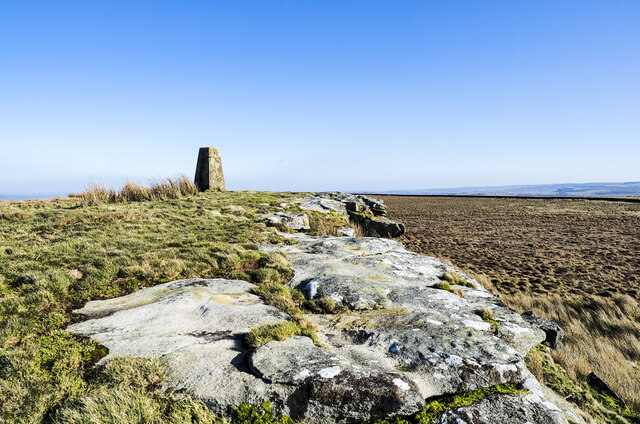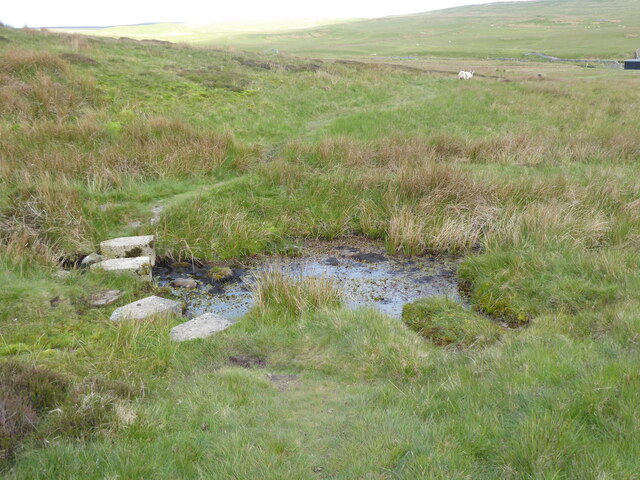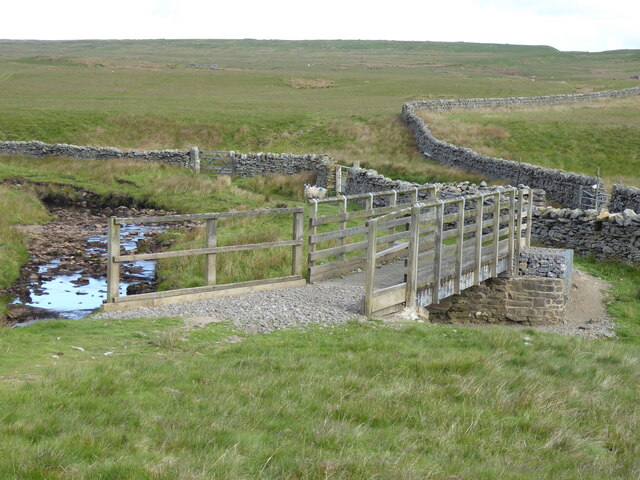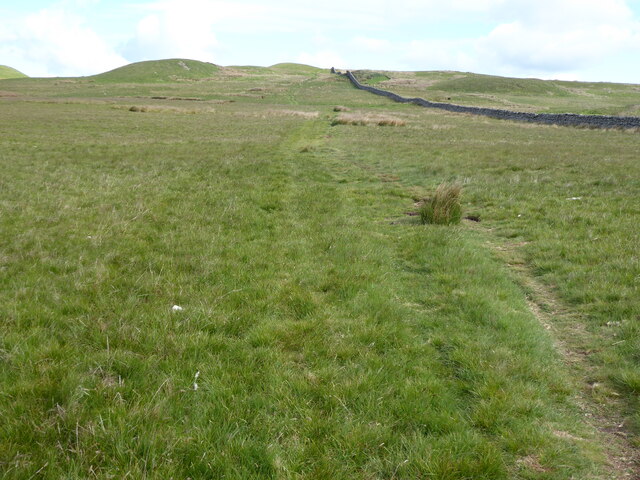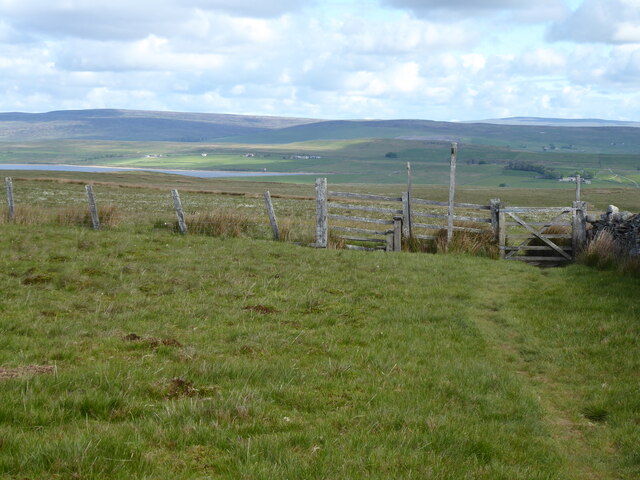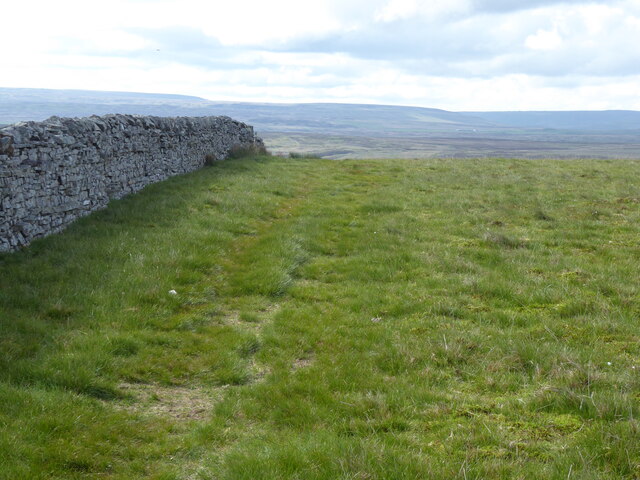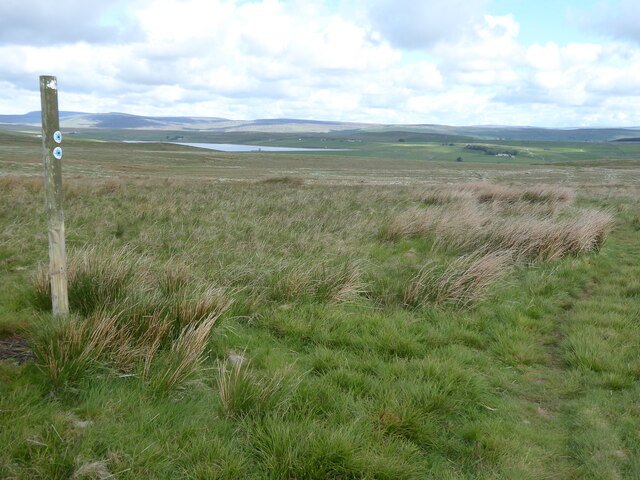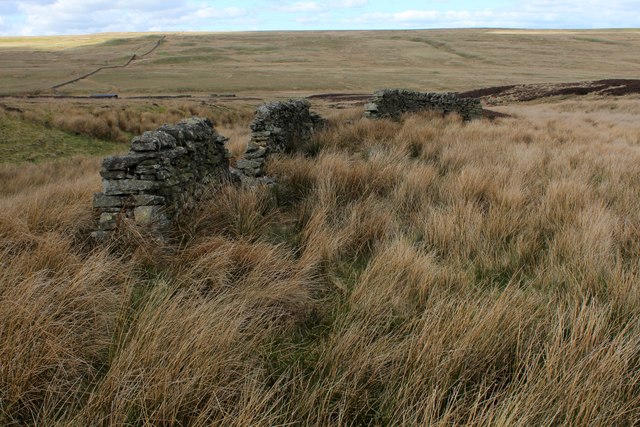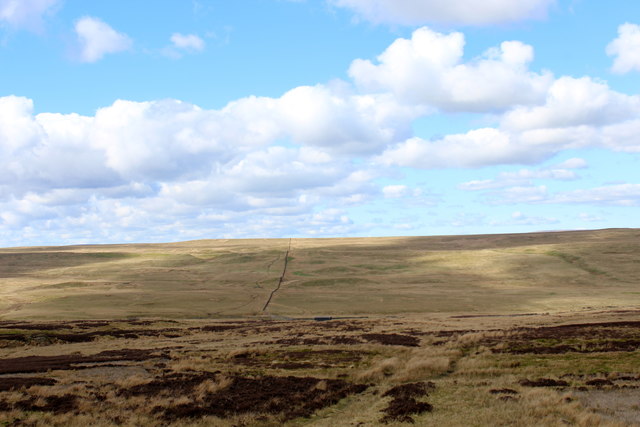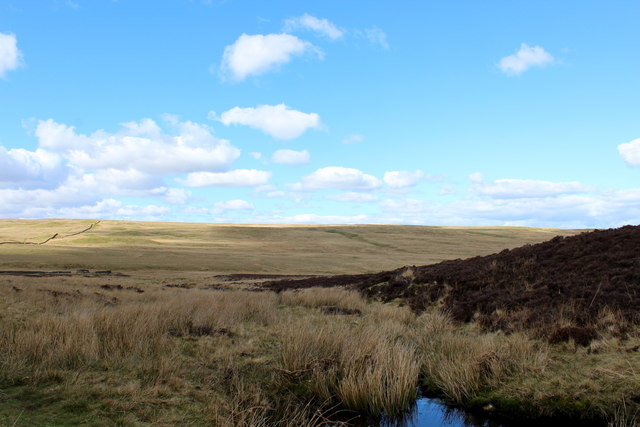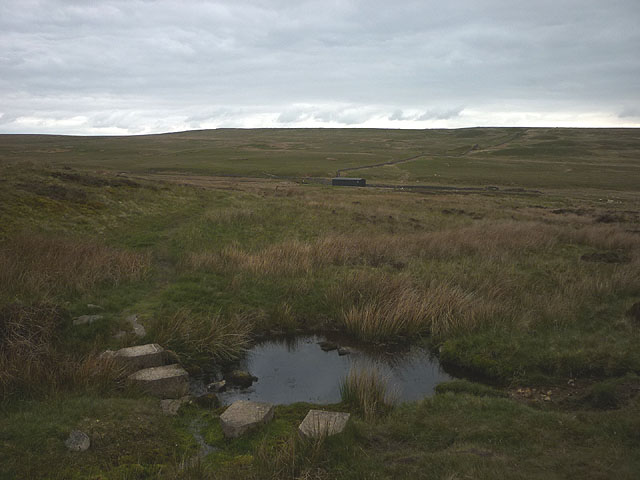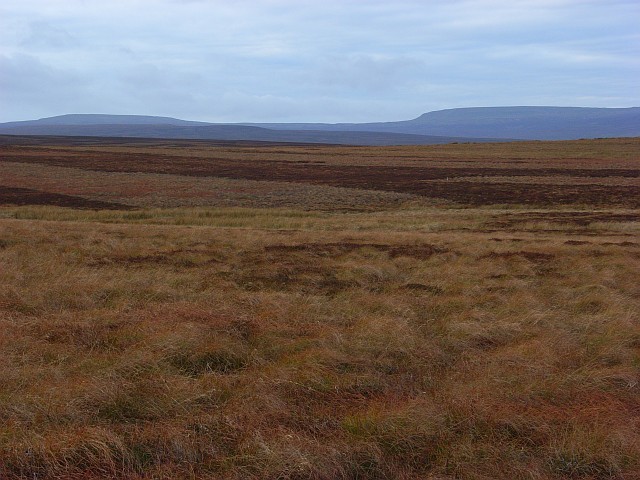Caucabush Rigg
Hill, Mountain in Yorkshire
England
Caucabush Rigg
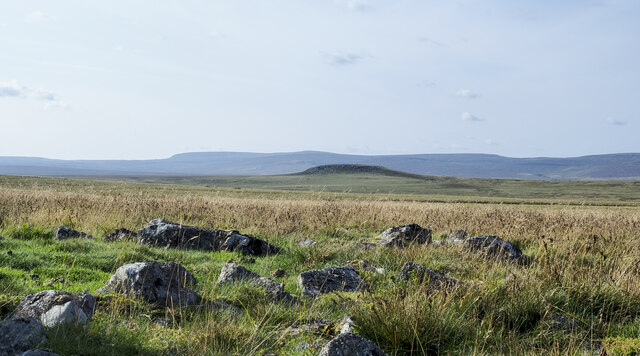
The requested URL returned error: 429 Too Many Requests
If you have any feedback on the listing, please let us know in the comments section below.
Caucabush Rigg Images
Images are sourced within 2km of 54.534597/-2.0995209 or Grid Reference NY9315. Thanks to Geograph Open Source API. All images are credited.

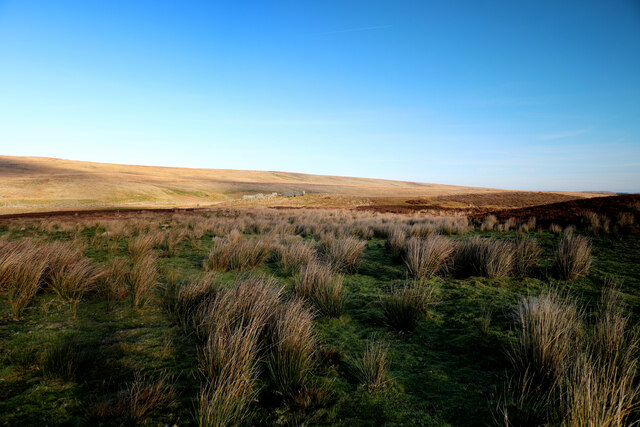
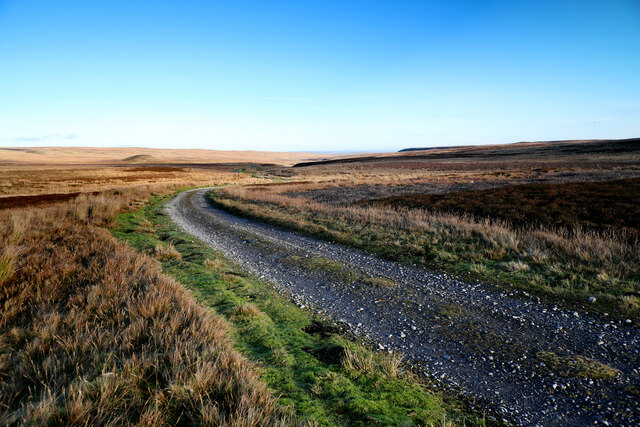
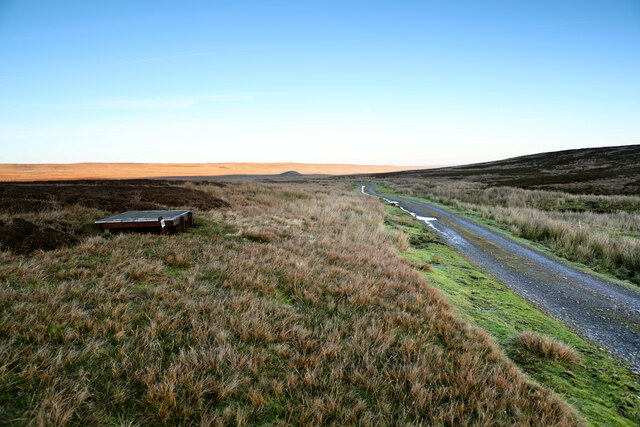
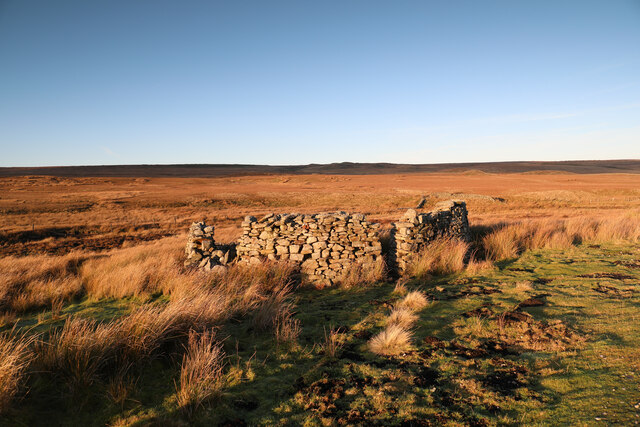
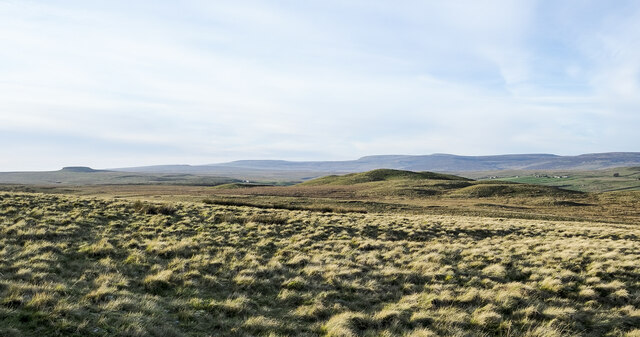
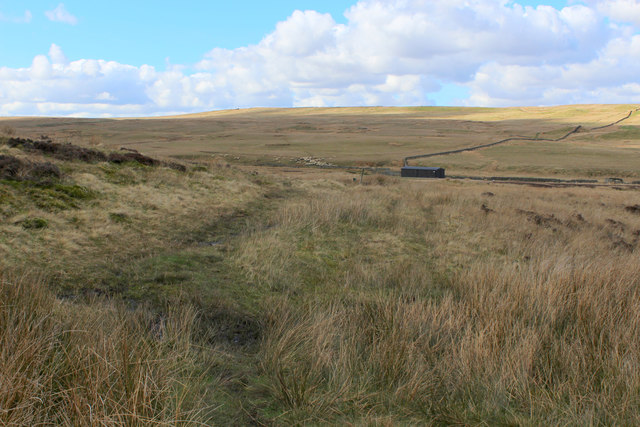
Caucabush Rigg is located at Grid Ref: NY9315 (Lat: 54.534597, Lng: -2.0995209)
Division: North Riding
Unitary Authority: County Durham
Police Authority: Durham
What 3 Words
///annoys.masts.farm. Near Bowes, Co. Durham
Nearby Locations
Related Wikis
Cotherstone Moor
Cotherstone Moor is a Site of Special Scientific Interest in the Teesdale district in south-west County Durham, England. It is an extensive area of moorland...
Hunder Beck Juniper
Hunder Beck Juniper is a Site of Special Scientific Interest in the Teesdale district of south-west County Durham, England. It lies between the Balderhead...
Blackton Reservoir
Blackton Reservoir is a reservoir in County Durham, England. It is situated in Baldersdale, about 4 miles (7 km) west of Cotherstone, where the River Balder...
Hannah's Meadows
Hannah's Meadows is a Site of Special Scientific Interest in the Teesdale district of south-west County Durham, England. It consists of three fields,...
Nearby Amenities
Located within 500m of 54.534597,-2.0995209Have you been to Caucabush Rigg?
Leave your review of Caucabush Rigg below (or comments, questions and feedback).
